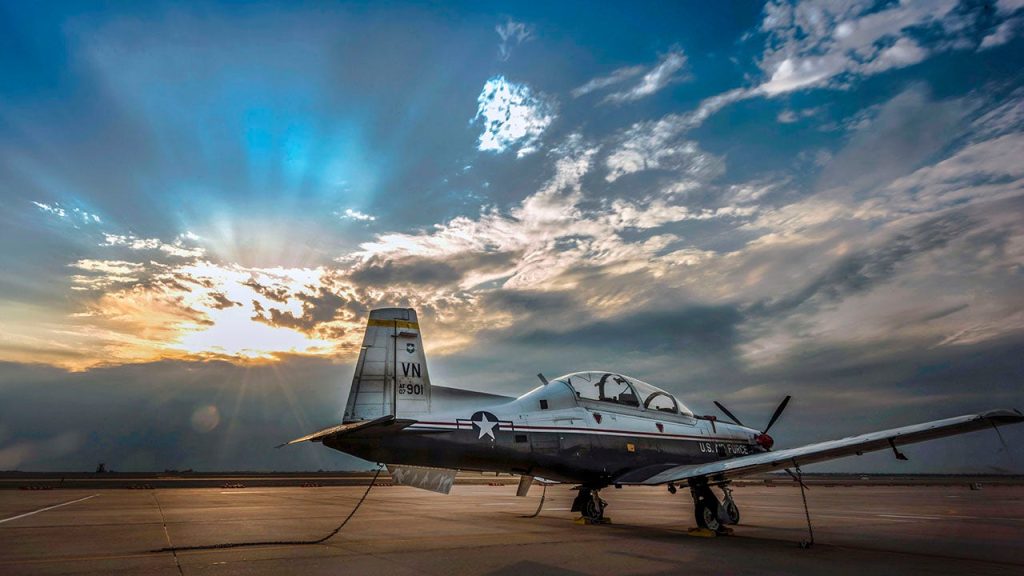An Air Force instructor pilot was killed at Sheppard Air Force Base in Texas after the ejection seat in the T-6A Texan II aircraft activated while the plane was still on the ground. The pilot’s identity has not been released pending notification of the next of kin. Ejection seats are designed to save pilots’ lives in emergencies, but they can also fail at critical moments, as in the case of an F-16 crash in 2020 that was partially caused by ejection seat failure. However, in a similar incident in 2018, a B-1 bomber crew chose to remain in the burning aircraft and land it together, rather than abandon ship when one of the ejection seats indicated failure, and all crew members survived.
Investigators have credited ejection seats with saving lives in many aircraft accidents, although failures can occur. The tragic incident highlights both the importance and risks associated with this safety feature. As pilots face the possibility of having to eject from their aircraft in an emergency, training and awareness of potential malfunctions are crucial. Despite the inherent dangers, ejection seats have proven to be life-saving mechanisms in many scenarios, allowing pilots to escape from aircraft that are no longer airworthy.
The Air Force instructor pilot’s death underscores the inherent risks associated with military aviation, where pilots often operate high-performance aircraft in challenging conditions. The T-6A Texan II is used as a primary trainer for Air Force, Navy, and Marine Corps pilots, emphasizing the critical role of proper training and safety protocols in preventing accidents. The loss of the pilot at Sheppard Air Force Base serves as a reminder of the sacrifices made by military personnel in the performance of their duties, as well as the importance of continuous evaluation and improvement of safety measures to prevent similar tragedies in the future.
The decision made by the B-1 bomber crew in 2018 to stay with the aircraft and land it, despite indications of ejection seat failure, highlights the importance of teamwork and decision-making in high-stress situations. The crew’s actions ultimately led to a successful outcome, with all members surviving the incident. This example demonstrates the significance of effective communication and coordination among aircraft crew members in emergencies, as well as the value of remaining calm and rational under pressure. The training and skills possessed by military pilots and crew members are essential in ensuring the safety of both themselves and their aircraft in challenging situations.
The Air Force is known for its commitment to safety and professionalism in aviation operations, with extensive training programs in place to prepare pilots for a wide range of scenarios. The investigation into the ejection seat failure that led to the pilot’s death will likely involve a thorough review of training procedures, maintenance protocols, and equipment reliability to identify potential areas for improvement. Lessons learned from this incident will be used to enhance safety measures and prevent similar accidents in the future, ensuring that Air Force personnel continue to operate at the highest levels of proficiency and safety. The tragic loss of the instructor pilot will undoubtedly have a lasting impact on the Air Force community, prompting a reevaluation of existing safety practices and a renewed commitment to ensuring the well-being of all personnel involved in military aviation operations.













